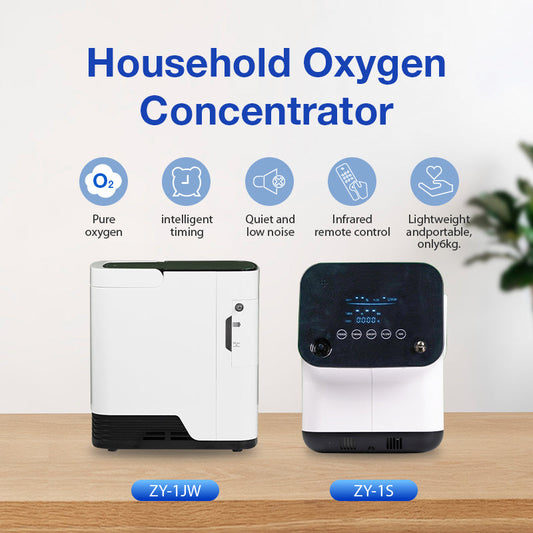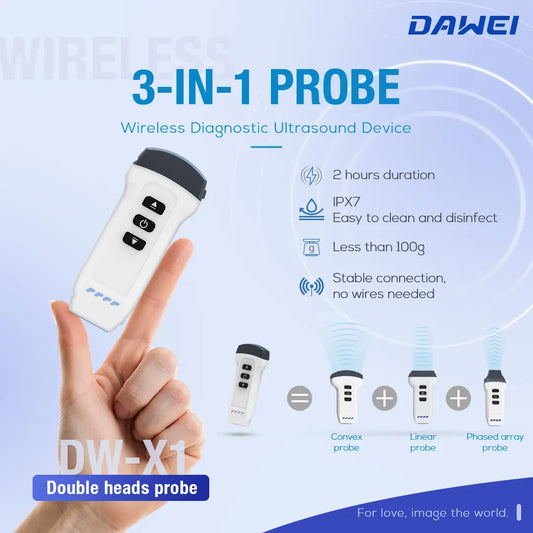Blog

5 Common Fetal Doppler Mistakes Every Mom Makes...
Feeling your baby’s heartbeat at home with a fetal doppler is magical. But what if your baby heartbeat monitor gives silence or weird sounds? Before you panic, check these 5...
5 Common Fetal Doppler Mistakes Every Mom Makes...
Feeling your baby’s heartbeat at home with a fetal doppler is magical. But what if your baby heartbeat monitor gives silence or weird sounds? Before you panic, check these 5...

Guide to Compressor Nebulizers: How to Choose &...
Introduction Compressor nebulizers turn liquid medicine into a breathable mist for asthma, COPD, or respiratory infections. Unlike handheld inhalers, they deliver medication deeper into your lungs—ideal for kids, seniors, or...
Guide to Compressor Nebulizers: How to Choose &...
Introduction Compressor nebulizers turn liquid medicine into a breathable mist for asthma, COPD, or respiratory infections. Unlike handheld inhalers, they deliver medication deeper into your lungs—ideal for kids, seniors, or...

Guide to Mesh Nebulizers: Breathe Easier, Anywh...
Struggling with noisy, bulky breathing treatments? You’re not alone. Parents on BabyCenter beg for silent nebulizers for kids that don’t scare toddlers. COPD patients on HealthUnlocked crave portable nebulizers for...
Guide to Mesh Nebulizers: Breathe Easier, Anywh...
Struggling with noisy, bulky breathing treatments? You’re not alone. Parents on BabyCenter beg for silent nebulizers for kids that don’t scare toddlers. COPD patients on HealthUnlocked crave portable nebulizers for...

Hear Your Baby’s Heartbeat at Home with a Safe ...
Pregnancy is an amazing journey—but it's also filled with new emotions, questions, and waiting. With a home fetal Doppler, you can hear your baby’s heartbeat anytime you want, right from your...
Hear Your Baby’s Heartbeat at Home with a Safe ...
Pregnancy is an amazing journey—but it's also filled with new emotions, questions, and waiting. With a home fetal Doppler, you can hear your baby’s heartbeat anytime you want, right from your...

How to Select the Right O2 Concentrator Machine...
Understanding Oxygen Concentrators: Your Key to Reliable Oxygen Therapy Struggling to breathe freely impacts every part of life. Whether managing a chronic condition like COPD, recovering from illness, or needing...
How to Select the Right O2 Concentrator Machine...
Understanding Oxygen Concentrators: Your Key to Reliable Oxygen Therapy Struggling to breathe freely impacts every part of life. Whether managing a chronic condition like COPD, recovering from illness, or needing...

Point-of-Care Precision: Unpacking the Power of...
Introduction The landscape of medical diagnostics is undergoing a dramatic transformation, largely driven by the Point-of-Care Ultrasound (POCUS) revolution. Bringing powerful imaging capabilities directly to the patient's bedside enhances diagnostic...
Point-of-Care Precision: Unpacking the Power of...
Introduction The landscape of medical diagnostics is undergoing a dramatic transformation, largely driven by the Point-of-Care Ultrasound (POCUS) revolution. Bringing powerful imaging capabilities directly to the patient's bedside enhances diagnostic...

